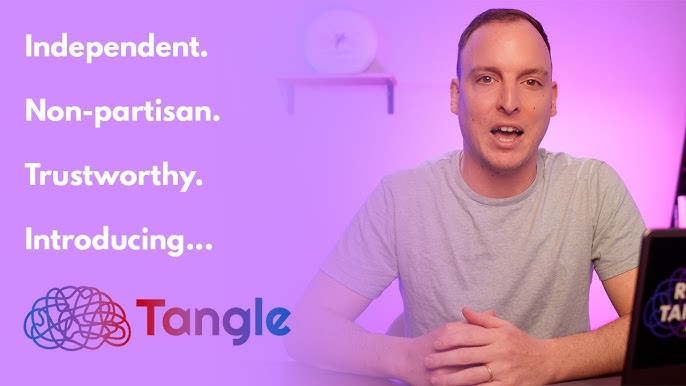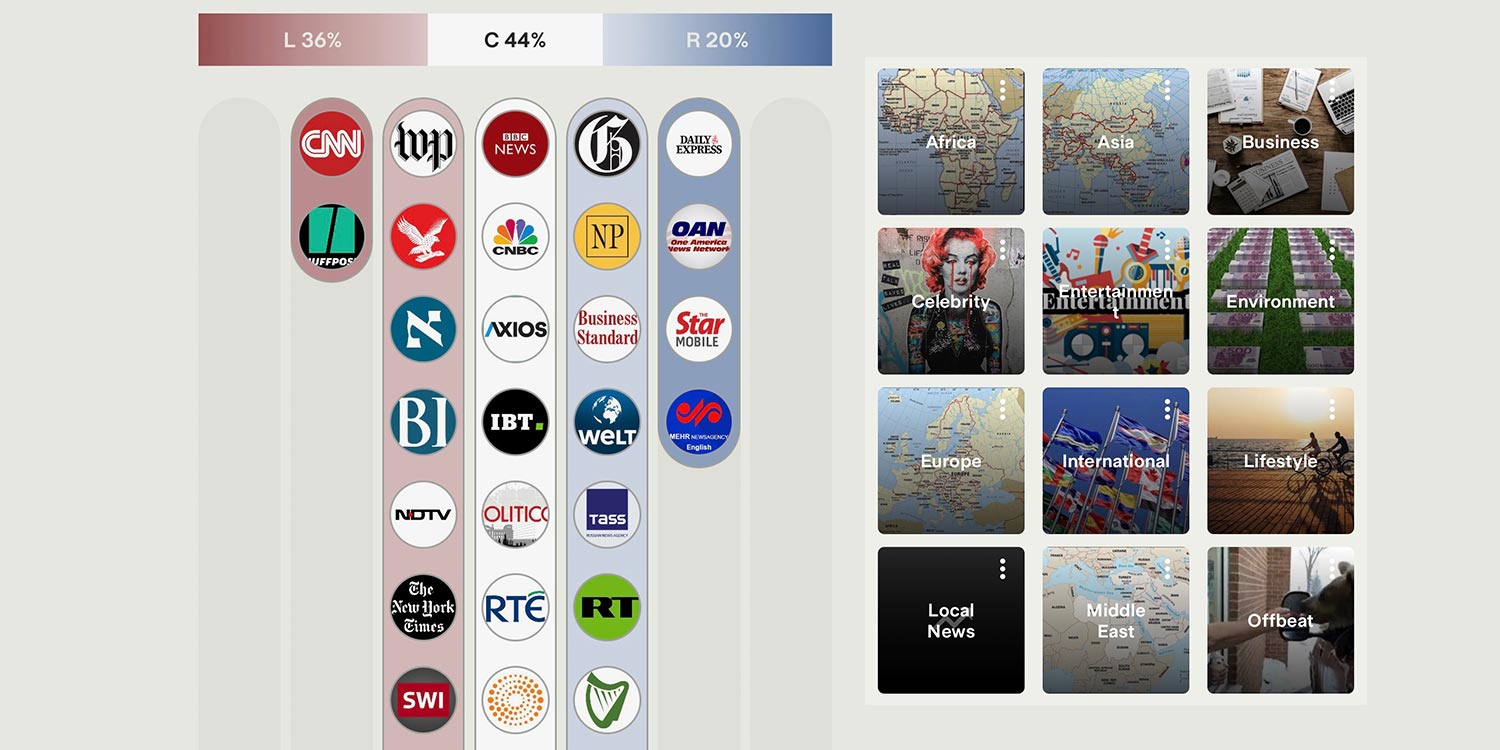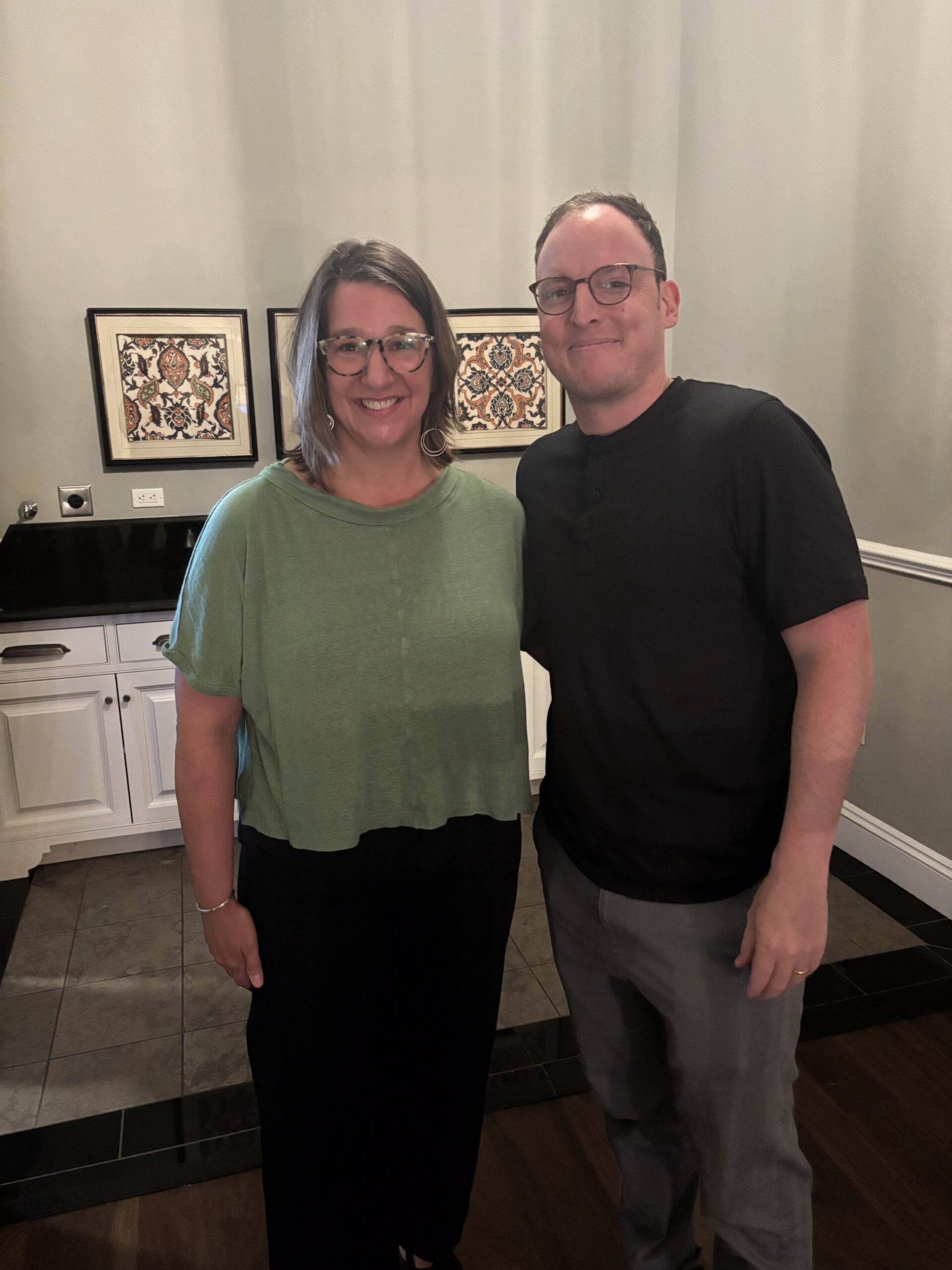I got to meet Isaac Saul of Tangle last week. A Bucks County native familiar with politically divided Pennsylvania communities, he was in town for a session with Intentional Philanthropy, a group that has supported The Steinman Foundation, including through their decision to commit multi-year funding to start The Steinman Institute.
One of the things we heard frequently from the community in our Central PA Information Ecosystem Mapping this year was that they have a lot of skepticism (and even cynicism) about news and information’s perceived bias.
There are a number of ways news and information outlets are working to solve this problem, and I’ve found Tangle to be a compelling approach.
In short, they pick a hot national issue and curate three perspectives from conservative leaning sources, three from progressive leaning sources, and an editorial perspective.
As Isaac said this week, “the easiest approach for news outlets today is to pick an audience and tell them what they want to hear.” He said that Tangle is instead “working to get people out of their bubbles.”

More and more we hear local news and information consumers talk about the efforts they’re taking to “un-filter” the information they’re consuming. Most are increasingly frustrated and suspicious about algorithms that drive filtered content to them – through Google searches, or social media feeds. My colleague Aaron wrote more about this very artfully last week.
In addition to Tangle, I’ve been learning about sources and approaches that model ways of delivering news and information that reduce the filter bubbles we occupy.
Sources like Ground News and AllSides facilitate comparing sources and visualizing bias in news articles. The Media Bias Chart from Ad Fontes Media (Latin for “to the source”) visualizes popular sources on a left to right continuum.

The Trust Project built Trust Indicators about what news consumers look for in trusted media. Trusting News supports journalists themselves in helping them to “evolve their practices … to actively earn trust.”
More and more news sources are becoming overtly transparent about how they operate, like the AP Transparent standards and ProPublica’s Code of Ethics. (Sidenote: We’re debating whether to require TSI grantees to demonstrate adherence to these kinds of best practices – what do you think?)
Ultimately, it is up to us as news consumers to check our own assumptions and bubbles, seek sources that model best practices in transparency, and even consume information that pushes us out of our comfort zone. As Isaac said this week, “we believe discomfort is good.”
We’re thinking about other ways to support good discomfort, let us know if you have ideas to share.

